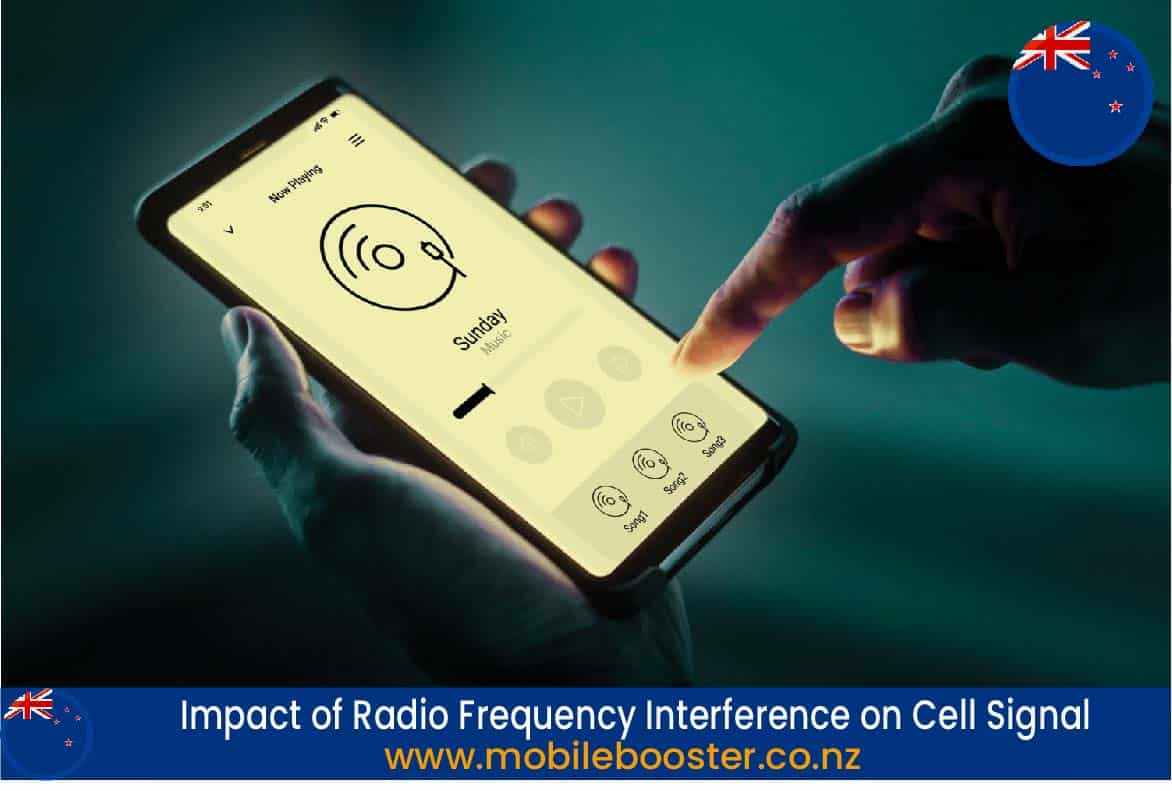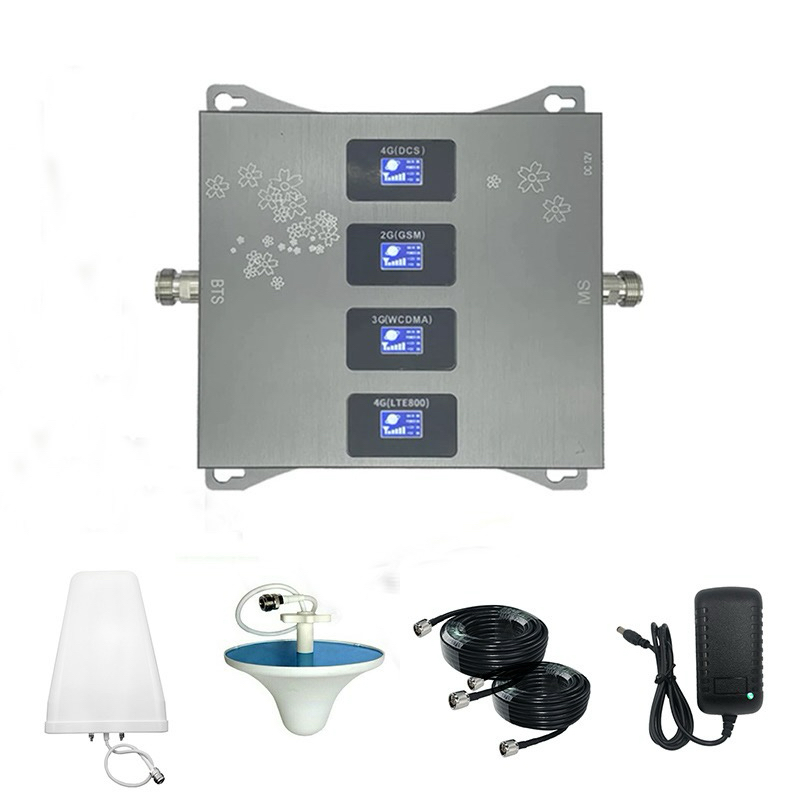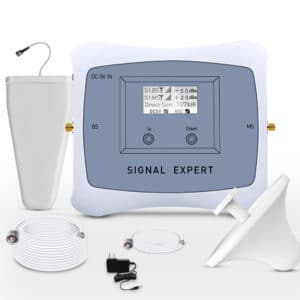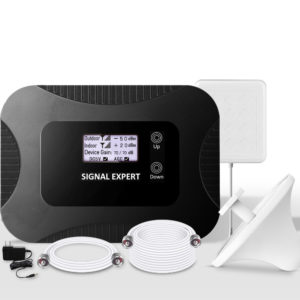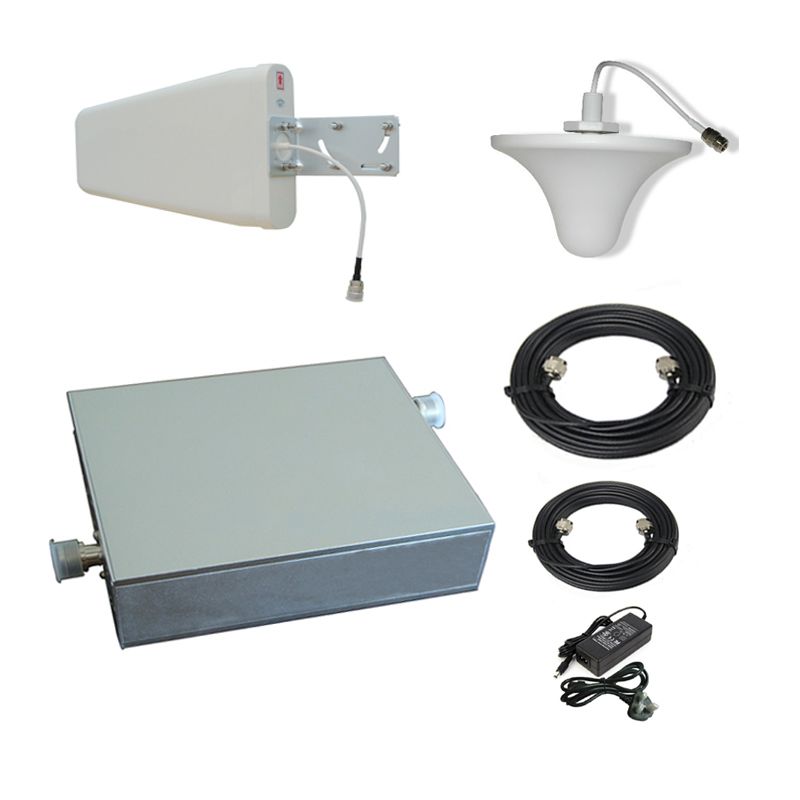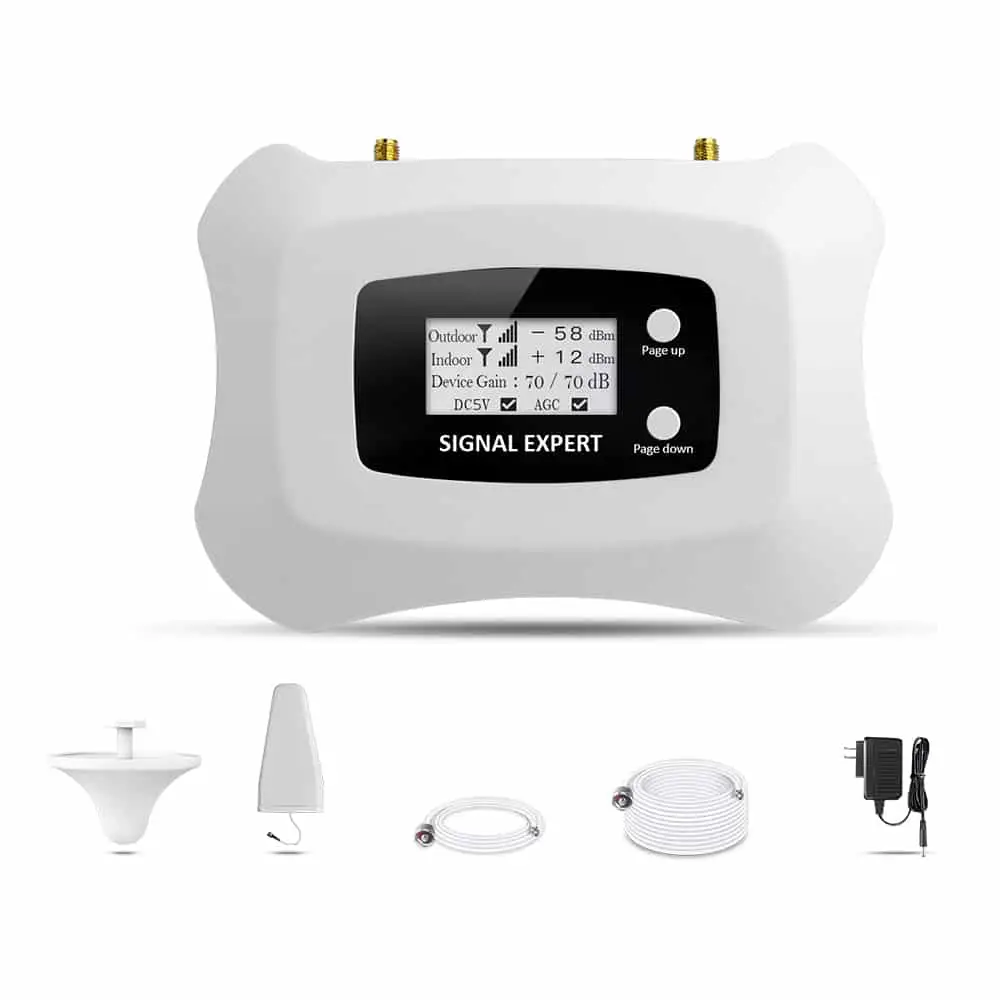Impact of Radio Frequency Interference on Cell Signal
In today’s highly connected world, a strong and reliable cell signal is crucial for uninterrupted communication and seamless mobile experiences. However, radio frequency interference (RFI) poses a significant challenge to maintaining optimal cell signal strength and quality. In this comprehensive article, we will delve into the various sources and effects of Radio Frequency Interference on cell signals and provide detailed strategies to minimize interference, ensuring improved signal reception and enhanced mobile connectivity.
Understanding Radio Frequency Interference
- Definition: Radio frequency interference refers to electromagnetic disturbances that disrupt the normal functioning of wireless communication systems, including cell signals.
- Sources of RFI: RFI can originate from a wide range of sources, including electronic devices, power lines, fluorescent lights, wireless routers, nearby cell towers, and natural phenomena such as lightning.
- Types of RFI: RFI can be categorized as external interference (coming from sources outside the building) or internal interference (arising from devices within the building).
Effects of RFI on Cell Signals
- Signal Degradation: RFI can lead to signal degradation, resulting in dropped calls, poor call quality, and slow data speeds.
- Coverage Limitations: Interference can restrict the coverage area of cell signals, leading to areas with weak or no signal reception.
- Data Packet Loss: RFI can cause data packet loss, resulting in slower internet browsing, video buffering, and delays in app downloads.
Identifying Radio Frequency Interference
- Signal Strength Analysis: Utilize signal analyzer apps or built-in signal strength meters on your mobile device to identify areas with weak signals or sudden signal fluctuations.
- Frequency Scanning: Employ frequency scanning apps or devices to detect and pinpoint potential sources of RFI in your vicinity.
Strategies to Reduce Radio Frequency Interference
- Maintain Distance: Keep electronic devices and appliances that emit electromagnetic radiation, such as microwaves or cordless phones, at a distance from your cell phone or signal booster.
- Shielding: Utilize shielding materials, such as metallic screens or foils, to minimize the penetration of RFI into sensitive areas or rooms.
- Proper Grounding: Ensure that electrical equipment is properly grounded to minimize electromagnetic interference.
- Filtered Power Supplies: Use power supplies and surge protectors with built-in RFI filters to reduce electrical noise and interference.
Utilize Signal Boosters and Antennas
- Mobile Signal Boosters: Install a cell signal booster to amplify and enhance weak signals. Choose a booster that supports the frequency bands of your specific carrier and consider advanced features like automatic gain control to minimize interference.
- External Antennas: Explore the use of external antennas, such as directional or Yagi antennas, to capture stronger signals and reduce the impact of RFI.
Optimize Your Home or Office Setup
- Location: Place your cell phone or signal booster near windows or in areas with the strongest signal reception to minimize the impact of RFI.
- Wi-Fi and Bluetooth: Ensure that your Wi-Fi router and Bluetooth devices operate on non-interfering channels to reduce potential signal clashes with cell signals.
Consult Experts and Providers
- Seek Professional Assistance: If RFI issues persist despite your efforts, consult professionals or signal booster providers who can conduct site surveys and recommend tailored solutions for your specific environment.
Minimizing Interference from Building Materials
- Building Materials: Certain building materials, such as metal or concrete, can obstruct or weaken cell signals. Consider using signal-reflective window films or cellular signal-friendly materials during construction or renovation to reduce signal loss.
External Factors Affecting Signal Strength
- Weather Conditions: Extreme weather conditions like heavy rain or storms can affect signal reception. While it’s not possible to control weather, it’s important to be aware that signal strength may vary during inclement weather.
- Geographic Features: Natural geographic features like mountains or dense forests can obstruct signal transmission. If you are in an area surrounded by such features, you may need to position your antenna or signal booster strategically to overcome signal blockages.
Regular Maintenance and Updates
- Check for Updates: Keep your cell phone’s software and firmware up to date, as updates often include improvements to signal reception and network connectivity.
- Maintenance of Equipment: Regularly inspect and maintain your signal boosters, antennas, and other related equipment to ensure they are in optimal working condition.
Consider Carrier-Specific Solutions
Some mobile service providers offer carrier-specific solutions for signal issues. Contact your carrier to inquire about any available network enhancements or alternative solutions they may provide.
Conclusion
Radio frequency interference poses significant challenges to maintaining strong and reliable cell signals. By understanding the sources and effects of RFI and implementing strategies such as maintaining distance from electromagnetic sources, utilizing mobile signal boosters and antennas, optimizing your home or office setup, and seeking professional assistance when needed, you can effectively reduce interference and improve your overall cell signal strength. Enjoy uninterrupted communication and seamless mobile experiences with minimized radio frequency interference. Buy your mobile signal booster today and enjoy better and uninterrupted communication. If you have any questions regarding any of our products please contact us.
